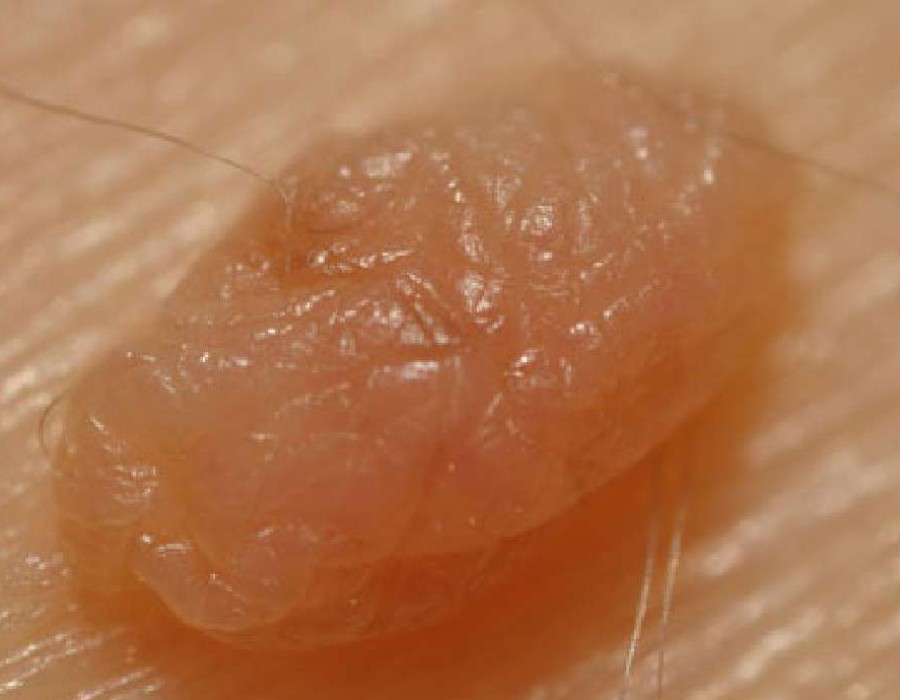Skin Tag Removal On The Inner Thighs can be bothersome due to their location and potential for friction. If you're considering removal, it's essential to understand the available methods, potential risks, and aftercare to ensure a safe and effective process. Here’s everything you need to know about removing skin tags from the inner thighs.
Understanding Skin Tags
Skin tags are small, benign growths that often appear in areas where skin rubs against skin or clothing. They are typically harmless but can cause discomfort or self-consciousness, especially when located on the inner thighs.
Removal Methods
Home Remedies
Apple Cider Vinegar: Apply a cotton ball soaked in ACV to the skin tag, cover with a bandage, and leave for 15-30 minutes. Repeat twice daily until the tag darkens and falls off. This method leverages the acidity of ACV to break down the tag.
Tea Tree Oil: Dilute tea tree oil with a carrier oil and apply it to the skin tag using a cotton swab. Leave it on for several hours or overnight. Repeat daily. Tea tree oil’s antiseptic properties may help in drying out the tag.
Banana Peel: Place a piece of banana peel with the inside facing the skin tag, secure with a bandage, and leave it on overnight. The enzymes in the peel can help in dissolving the tag.
Garlic: Crush a garlic clove and apply the paste to the tag. Cover with a bandage for a few hours, then wash off. Garlic’s natural compounds may aid in removing the tag.
Over-the-Counter Solutions
Salicylic Acid Treatments: These products are designed to dissolve the skin tag over time. Apply as directed, usually by applying the solution to the skin tag and covering with a bandage. Follow instructions to minimize irritation.
Medical Treatments
Cryotherapy: This involves freezing the skin tag with liquid nitrogen. It is usually performed by a healthcare professional and is effective for various skin tag sizes. The tag will darken and fall off after a few days to weeks.
Electrosurgery: Uses high-frequency electrical currents to burn off the skin tag. It is precise and often results in minimal bleeding. Performed under local anesthesia, it is effective for larger or multiple tags.
Laser Removal: Concentrated light beams vaporize the skin tag. This method is precise and promotes quick healing with minimal bleeding. Multiple sessions may be necessary depending on the size and number of tags.
Surgical Excision: Involves cutting off the skin tag with a scalpel or scissors. This method is effective for larger tags or when multiple tags are present. Performed under local anesthesia, it may involve a short recovery period.
Risks and Considerations
Infection: Regardless of the method, there is a risk of infection. Ensure proper hygiene and follow aftercare instructions to minimize this risk.
Scarring: Some methods, particularly surgical excision, may leave scars. Discuss with your healthcare provider about options to minimize scarring.
Pain and Discomfort: Procedures like cryotherapy and electrosurgery may cause temporary discomfort. Use pain relief as advised by your healthcare provider.
Irritation: Home remedies and over-the-counter treatments may cause skin irritation or allergic reactions. Perform a patch test before full application.
Aftercare Tips
Keep the Area Clean: Gently clean the treated area with mild soap and water.
Apply Antibiotic Ointment: Use a topical antibiotic to reduce the risk of infection.
Protect the Area: Cover with a sterile bandage to prevent friction and external contaminants.
Avoid Irritation: Wear loose-fitting clothing and avoid activities that may cause excessive friction.
Conclusion
Removing skin tags from the inner thighs can improve comfort and appearance. Whether you opt for home remedies, over-the-counter solutions, or medical treatments, understanding the methods, risks, and aftercare is crucial. Consult with a healthcare professional to choose the most appropriate and safe option for your specific needs. Proper management and care will help ensure effective removal and promote healing.





Comments